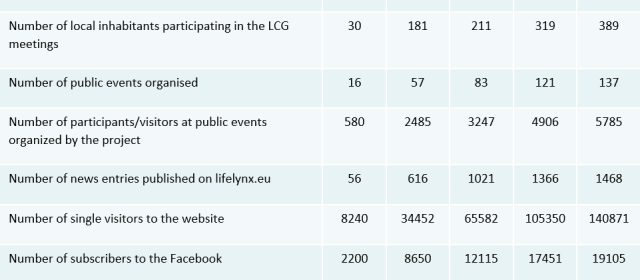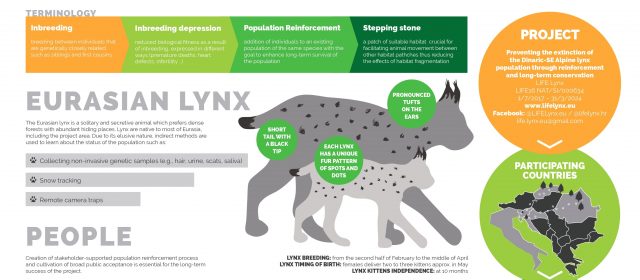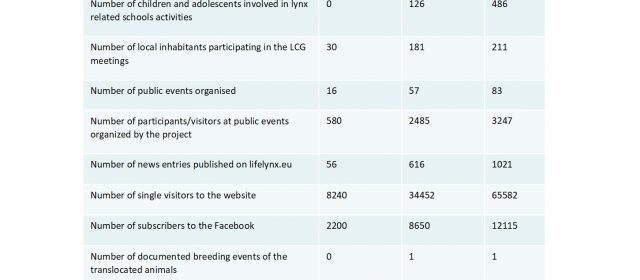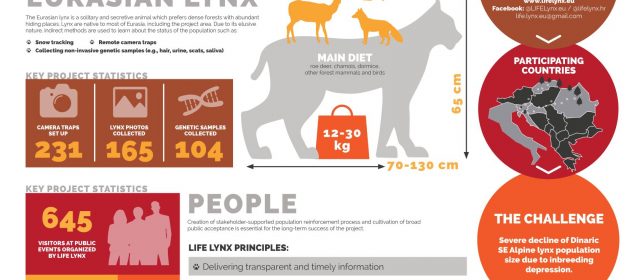Assessment of Socio-economic Impacts of the Project Actions on Local Economy and Communities
Measuring, evaluating and clearly demonstrating the impacts of conservation interventions on the socio-economic environment is critical for management, accountability, and lesson-learning. This is particularly important for projects that consist of community-based activities or have the potential to impact local livelihoods in positive or negative ways. Our project has all those elements: community-based approach to maintain high public acceptance of lynx; actions that have the potential to provide positive impacts to local livelihoods (e.g. tourism related action); and lastly increasing the number of lynx which can potentially cause damages to livestock, thus negatively affecting local livelihoods.
In order to assess the impacts, we are using an indicator-based approach. A set of specific socio-economic indicators has been developed and values of the indicators are updated and assessed once per year.
Project output
Assessing impacts of the project
Related news

LIFE Lynx project in numbers

LIFE Lynx project in numbers

Annual evaluation of project indicators

